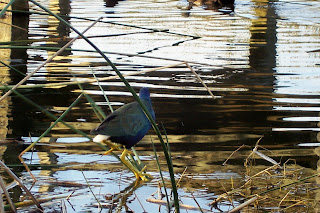Hello, these are some photos of an locally growing
Azalea shrub. The flower is delicate looking and beautiful.
The stamen's have what appears to be a silver colored ball on the end.
Azalea's are a type of rhododendrons that may be an oriental import or an "evergreen" variety.
Although all azaleas and rhododendrons are classed as Rhododendron by plant taxonomists, the name "azalea" is commonly used for native deciduous species and some evergreen Oriental types. At least according to the University of Missouri.



























